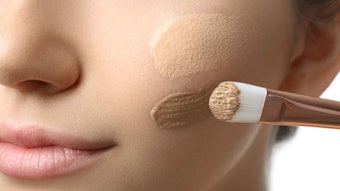Chanel Schenck is an African-American woman with curly-coily hair. When she looks for hair care products, you won’t find her in the ethnic hair care aisle. She gravitates toward brands like Paul Mitchell, L’Oréal Paris and Aussie for her cleansers, conditioners and styling products when she shops at Walmart or Ulta.
“I really don’t buy anything in the ethnic hair care section because it doesn’t really help my hair,” says Schenck, who lives in Jesup, Georgia.
This purchasing trend is slowly changing the way hair care products are being sold, with a movement by both brands and some key retailers away from shelves dedicated to “ethnic” products. This trend has been led by curly and coily-haired consumers, as well as the growing number of brands that sell products specifically for their hair types. It also has been spearheaded by organizations such as NaturallyCurly.com, which has focused on hair texture rather than skin color since the social media company was founded 15 years ago.
“Since day one, we always talked in terms of texture type, and how best to embrace curls, coils and waves,” says Michelle Breyer, president and co-founder of TextureMedia, which includes NaturallyCurly, CurlyNikki, CurlMart, CurlStylist and TextureTrends. NaturallyCurly’s 1.6 million unique monthly visitors include a wide range of ages and ethnicities, and use the nine category texture typing system—from 2a to 4c—to find the best products and stylists for their hair.
“It doesn’t matter what color you are; it’s about what texture you have,” said Mahisha Dellinger, creator of the CURLS line of products. “So many people of different ethnicities buy my products. Obviously the lines are blurred.”
This article is an excerpt from GCI magazine, Cosmetics & Toiletries magazine's sister publication for marketing trends and beauty business. View the
.










